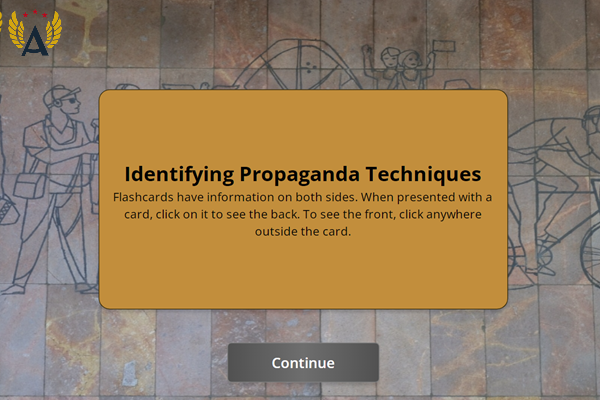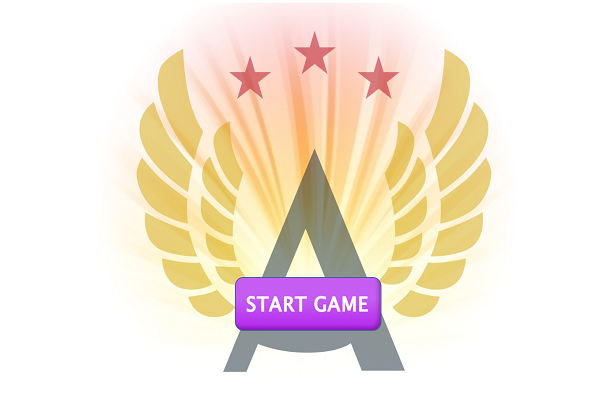Unit 5: Listening, Viewing, Speaking, Communicating
Unit 5: Listening, Viewing, Speaking, Communicating Face to Face

Unit 5: Listening, Viewing, Speaking, Communicating Face to Face
Unit 5: Listening, Viewing, Speaking, Communicating Face to Face
Unit Focus
Reading Process
- use new vocabulary that is introduced and taught directly
- listen to, read, and discuss familiar and conceptually challenging text
- analyze the author’s purpose and/or perspective in a variety of text and understand how they affect meaning
- determine the main idea or essential message in grade-level or higher texts through inferring, paraphrasing, summarizing, and identifying relevant details
- identify cause-and-effect relationships in text
Writing Applications
- write essays that state a position or claim, presents detailed evidence, examples, and reasoning to support effective arguments and emotional appeals, and acknowledges and refutes opposing arguments
- include persuasive techniques
Communication
- select and use appropriate listening strategies according to the intended purpose (e.g., solving problems, interpreting and evaluating the techniques and intent of a presentation)
- research and organize information for oral communication appropriate for the occasion, audience, and purpose (e.g., class discussions, entertaining, informative, persuasive, or technical presentations)
- use appropriate eye contact, body movements, voice register, and oral language choices for audience engagement in formal and informal speaking situations
- use an engaging introduction and conclusion and the use of figurative language to reinforce the intended message
- research and organize information that integrates appropriate media into presentations for oral communication (e.g., digital presentations, charts, photos, primary sources, webcasts)
Information and Media Literacy
- organize, synthesize analyze and evaluate the validity and reliability of information from multiple sources (including primary and secondary sources) to draw conclusions using a variety of techniques, and correctly use standardized citations
- understand the importance of legal and ethical practices, including laws regarding libel, slander, copyright, and plagiarism in the use of mass media and digital sources, know the associated consequences, and comply with the law
- distinguish between propaganda and ethical reasoning strategies in print and nonprint media
- use appropriate available technologies to enhance communication and achieve a purpose (e.g., video, digital technology)
- routinely use digital tools for publication, communication, and productivity
Vocabulary
Lesson Reading
Videos and Interactives (Click on Images to View Content)
 Unit 5: Listening, Viewing, Speaking, Communicating Face to Face
Unit 5: Listening, Viewing, Speaking, Communicating Face to Face

